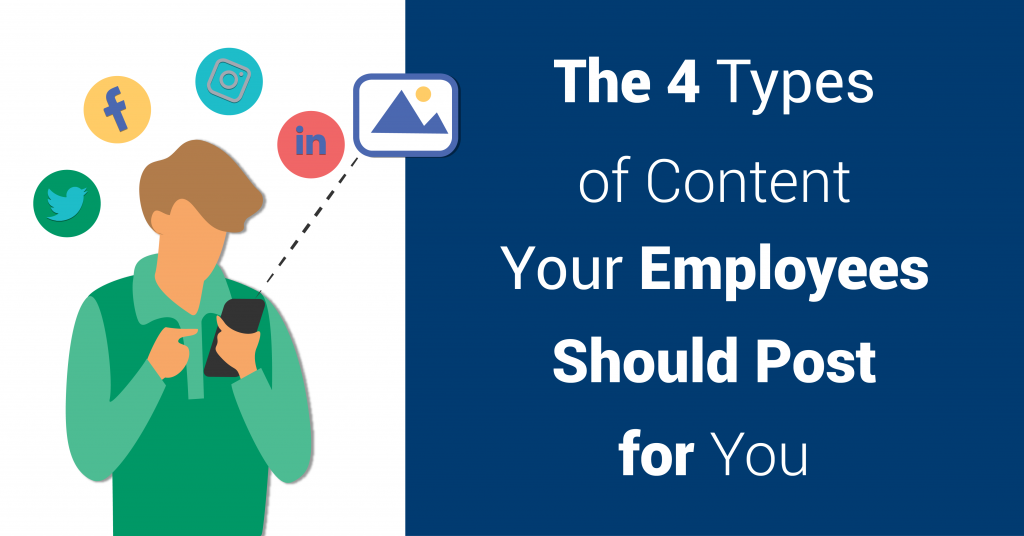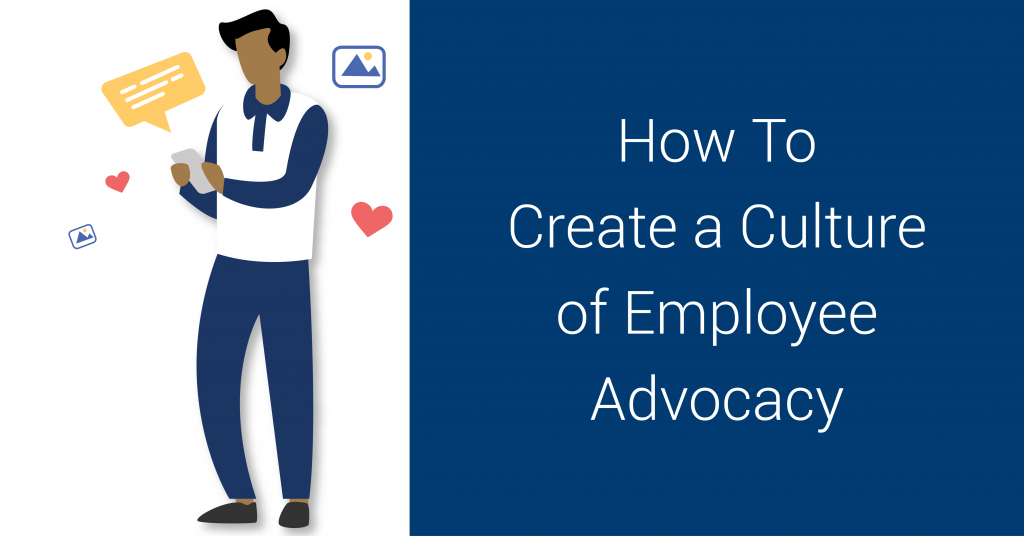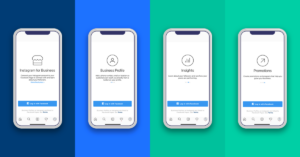Employee advocacy programs are huger than ever — and it’s time to get on board if you haven’t already.
Did you know your employees have greater social reach than you do? And that people are more likely to buy something that’s been recommended by a friend or family member? It’s a hard truth, but one worth embracing. The fact is, your employees’ posts are more likely to earn engagements and visibility than content you create and post on your brand page.
It’s nothing to get worked up about, i.e., don’t take it personally. Instead, team up with your team and create an employee advocacy program they can get excited about. The following steps will help you get started right away.
And remember, Rallio is here to help you with all your social media management and employee advocacy needs. Don’t be shy about reaching out if you’d rather let our experts handle the process from A to Z.
Step 1: Define Your Goals
What are you trying to achieve with your employee advocacy program? Defining your goals with clear key performance indicators (KPIs) will set you up for success. Some common KPIs attached to an employee advocacy program might include:
- Increased engagement and reach on your branded content
- Brand awareness via content posted on employees’ personal profiles
- More leads
- Traffic to your website
- More qualified job candidates
- An engaged work force with X number of participants, contributing to your company culture and morale
Once you know your advocacy objectives, benchmark them prior to launching your employee advocacy program so you know where you’re starting from. Later, once your program has been up and running for a while, you can compare the metrics to see how far you’ve come.
Step 2: Create Branded Content
One part of your employee advocacy program should be brand-approved content — the photos, infographics and videos you create and distribute to your employees. If you’re not already creating these, now is the time to start doing so. And if you already have high-performing branded content, you can repurpose these assets and push them out to employees.
As you’re creating branded assets, it’s a good idea to get different stakeholders involved from throughout your company — especially if you have multiple departments. Designate someone on your team to collect quotes, facts, figures, videos and inspirational stories representing different aspects of your industry, company culture, products or services.
This person — a social media manager or whatever you choose to call them — can use this information to create branded social posts. They’ll then distribute the content to your employee advocates.
Related: The 4 Types of Content Your Employees Should Post for You

Step 3: Choose a Technology
Rallio Activate is an employee advocacy platform that allows you to collect images and videos from your work force, as well as organize all your branded assets in one central location. With Rallio Activate, you can leverage your employees as ambassadors via our technology and incentivize them through reward programs of your choosing.
This is where employee advocacy gets interesting, because you’re able to use our technology to amplify your message across social platforms and on personal pages. Brand messages reach further and are more impactful when they come from your employees, and our technology streamlines the entire process.
Activate takes the guesswork out of things, helping you set up your advocacy program for success from the get-go. It also makes it easy to collect metrics and demonstrate the validity of the program as you’re deciding on a budget or making a case for advocacy to internal stakeholders.
No matter how you decide to design your advocacy program, know that technology like Activate is a critical piece for automating advocacy and getting employees excited about your program.
View this post on Instagram
Step 4: Establish Your Pilot Program
Recruit a core set of employees who can test-drive your program before you roll it out system-wide. Try sending out an internal message asking for volunteers, and then select a number of people from that list as your pilot advocates. Include a mix of people throughout the company — again, so you have different points of view and voices from different departments.
It’s also wise to choose people who are already active on the major social media platforms and have a decent social media following. Don’t discount people who have a small following, however, because their micro audience might be more receptive to your messaging than you might think.
To educate this test group of employee advocates, you can:
- Create an employee advocacy document outlining what types of content you are seeking
- Hold lunch-and-learn sessions (either in person or online) to describe the program and explain how it works
Related: How to Create a Culture of Employee Advocacy

Step 5: Measure Your Success
Once your advocacy program has been rolled out, begin measuring the success of your program against the KPIs you’ve established. Look at how different types of content are performing and how engaged your employees are. From there, you can decide if you need to tweak your strategy.
Commit to educating your employees on an ongoing basis so they understand the value of employee advocacy to your organization — as well as what’s in it for them. Refine your rewards if needed to be sure they’re fully adopting the program and gaining value from it as much as you are.
Launch Your Employee Advocacy Program Today
Remember, the most important element of your employee advocacy program is your work force itself. Without your team members, advocacy wouldn’t exist. Rather than treat advocacy as a one-time, “set it and forget it” program, you’ll need to continue promoting it internally, educating your employees, answering their questions, giving them content they’re proud to post, challenging them to surpass previous benchmarks, and offering high-value rewards.
To learn more about Rallio Activate, visit www.rallio.com/activate or email sales@rallio.com.
